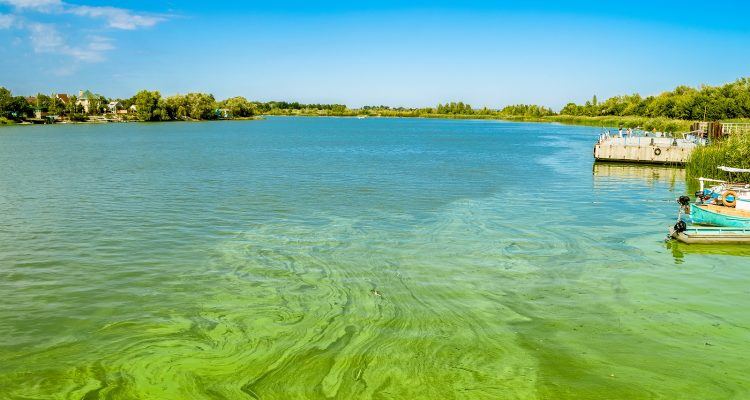This question regarding algae biofuel, even a decade ago, would have been answered with a relatively firm ‘no’, but science has progressed a long way towards developing a solution to the petroleum-centric transportation industry. The oil and gas industry is as old as the car itself, but strides are being made towards a more sustainable and economically viable energy source. While using first generation biofuels (anything humans directly eat or consume) might have an overall increase in greenhouse gas production, second generation crops have a lot of potential when it comes to creating sustainable and renewable biofuels. Second generation biofuels are more along the lines of extraneous residue, non-edible crops, and biogases. These are just as renewable as first generation biofuels but are scientifically thought to have an even smaller greenhouse gas footprint. This is where algae come in.
Algae Biofuel Might be the Key to Renewable Liquid Fuels
Algae is a non-food source plant that is extremely flexible in terms of species, type, and growth. There are over 100,000 species of this stemless, rootless, and leafless plant that has so much potential for the modern world. Algae cells take sunlight, carbon dioxide (CO2), and water to reproduce, and can do so in arid landscapes or in saltwater. As algae can grow where no other crops can flourish and can create up to 40 times more oil than land-based crops, it will never compete for space with our food supply. Additionally, as it consumes CO2 during the growth process, it can be used to counter pollution from many power plants and factories related to the manufacturing and transportation industries.The Process of Turning Algae Into Fuel
Algae grows quickly, and because of its high oil density, it’s the perfect target for the biofuel industry. This extremely high energy density is valuable, so companies have dedicated millions into finding the most potent strains and the best way to grow them. You may have seen ExxonMobil’s ‘Energy Farmer’ commercial talking about its research into algae as a viable renewable energy source. ExxonMobil is also collaborating with research universities to further study photosynthesis and the advancement of biofuels. Algae can be grown most places, including the ocean (its usual habitat), but is widely grown in man-made ponds, called raceways, which keep the water active and maintain a healthy living environment. Once a crop has grown, the algae are removed, dried, and separated into parts, which is when the lipids and oils are extracted. The oils will go on to be treated in a refinery, which is a normal step for any fuel, and the excess algae body can be utilized in many ways—it can even be eaten by animals and humans. In the future, algae biofuel could be used as drop-in replacements for fossil fuels in cars, trains, and planes. As algae biofuel has a similar performance to current biofuels and petroleum products, this has major implications for the transportation industry.Algae Harvesting in the Future
One of the final steps in the process is scaling up algae harvesting for mass production. While it will be years before algae biofuel is commercially available, as the best and most efficient strains and farming practices are still being discovered and manipulated, there is a large likelihood of success. Reducing reliance on international fossil fuels is critical, as this will not only reduce overseas shipping and pollution but also the characteristics surrounding non-renewable energy sources in the transportation industry. Biofuels are relatively new technologies that have captured the attention of oil and gas giants. While still in the early stages, algae biofuel has the potential to make impact on a global scale.Resources YouTube | Energy 101 Algae-to-Fuel National Center for Biotechnology Information, U.S. National Library of Medicine, National Institutes of Health ExxonMobil | Research and Development of Advanced Biofuels



